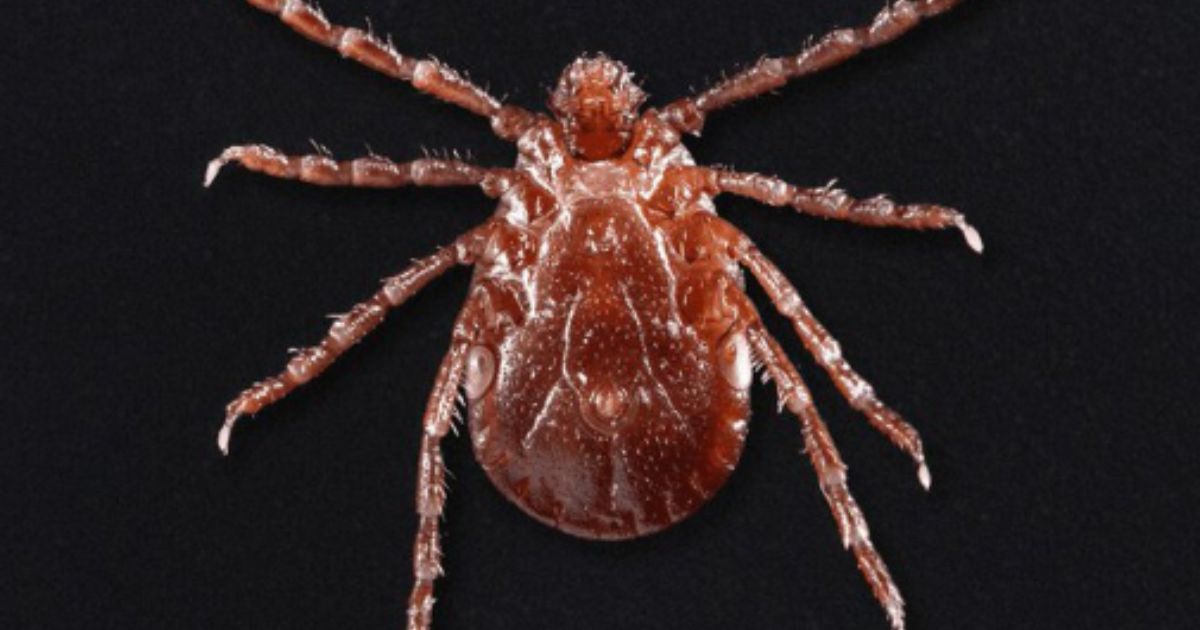Politics
Invasive Asian ‘Cow-Killing’ Tick Has Rapidly Crept Across America, CDC Warns

The Asian longhorned tick is rapidly gaining a foothold in the United States and “poses a serious threat to livestock” according to the USDA.
Since its discovery and proper identification in 2017, the coverage area of the tick has spread to 19 U.S. states, the USDA reported.
The deadly consequence of their expansion was shared by Ohio State University researchers in the Journal of Medical Entomology: Two cows and one large bull died from exsanguination by the ticks, meaning drained of blood to the point of death.
Each unfortunate cow likely endured tens of thousands of bites.
“Some cattle get swarmed so fast they die of exsanguination—the ticks drain the cow’s blood so fast they die.”
The nightmarish Asian longhorned tick has invaded the U.S.—and it can reproduce without mating https://t.co/ZA1l4VMZKv pic.twitter.com/HAH9Qi5rfi
— Popular Science (@PopSci) July 11, 2019
While only the size of a sesame seed, these tiny ticks have huge population potential, with the ability to form massive colonies in a short amount of time.
While collecting samples in the twenty five acre Ohio pasture, the Ohio State University researchers were able to collect almost 10,000 ticks in just 90 minutes.
Extrapolating the collection data led the researchers to estimate the population in the entire field exceeded 1,000,000 ticks.
According to researchers, no other species of tick in North America can populate like this species can.
The tick’s secret weapon is the ability for females to lay 2,000 eggs at a time — without the necessity of a male.
Part of assessing the risk posed by these exponentially reproducing ticks includes an analysis of disease spread to both livestock and humans.
According to the CDC, the Asian longhorned tick has been found on both animals and people but, thankfully, seems to prefer animal hosts to people.
The CDC also said the invasive tick is unlikely to contribute to the spread of Lyme disease, according to one experimental study.
However, these ticks have the ability to “carry and spread” certain diseases, should they come in contact with them.
Interestingly, there is no risk of human illness from the Asian longhorned tick in Australia and New Zealand, where the tick is invasive but has established itself as an exotic species, according to Everyday Health.
The CDC said research is ongoing as scientists try to learn more about the tick’s pervasiveness and potential risk to both livestock and people.
“It’s possible that the Asian longhorned tick found here won’t carry the same types of pathogens [or any pathogens] as it has in other parts world, but we are paying attention to it,” said Mark J. Soloski, PhD, professor of medicine at Johns Hopkins Medicine.
Arkansas, Connecticut, Delaware, Georgia, Indiana, Kentucky, Maryland, Massachusetts, Missouri, New Jersey, New York, North Carolina, Ohio, Pennsylvania, Rhode Island, South Carolina, Tennessee, Virginia, and West Virginia have all reported the presence of the Asian longhorned tick, according to the CDC.
This article appeared originally on The Western Journal.
Read the full article here


















